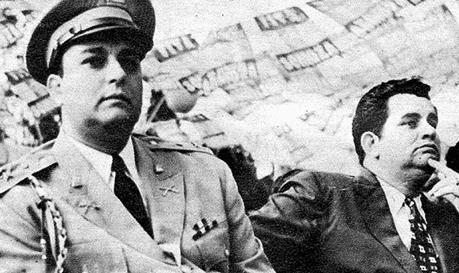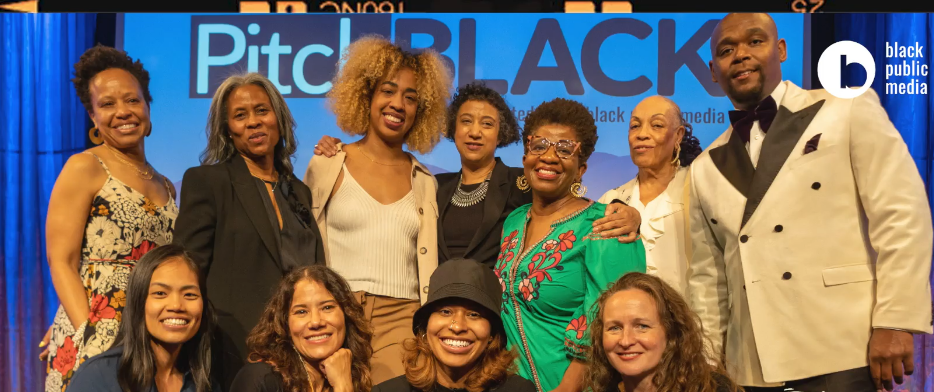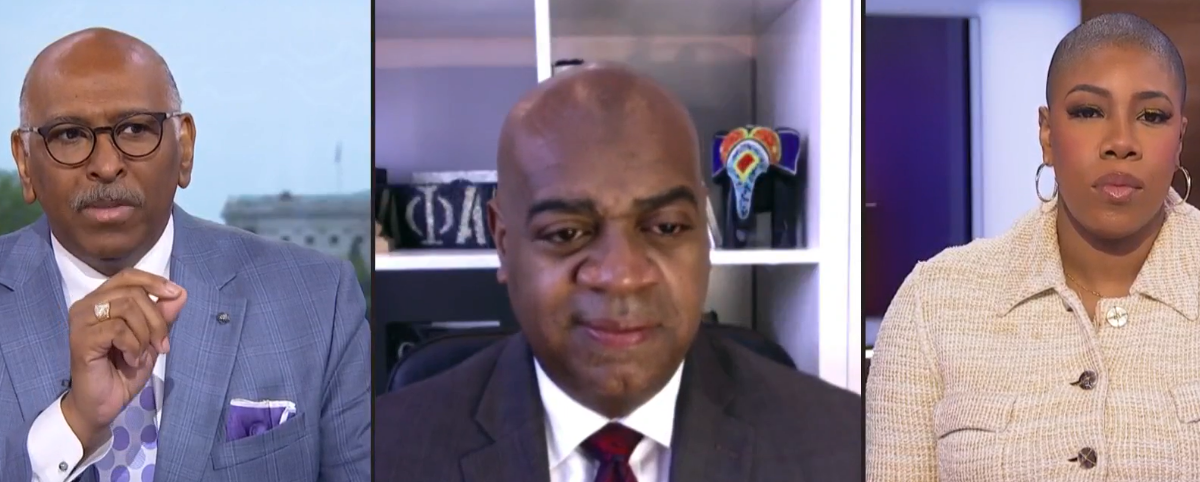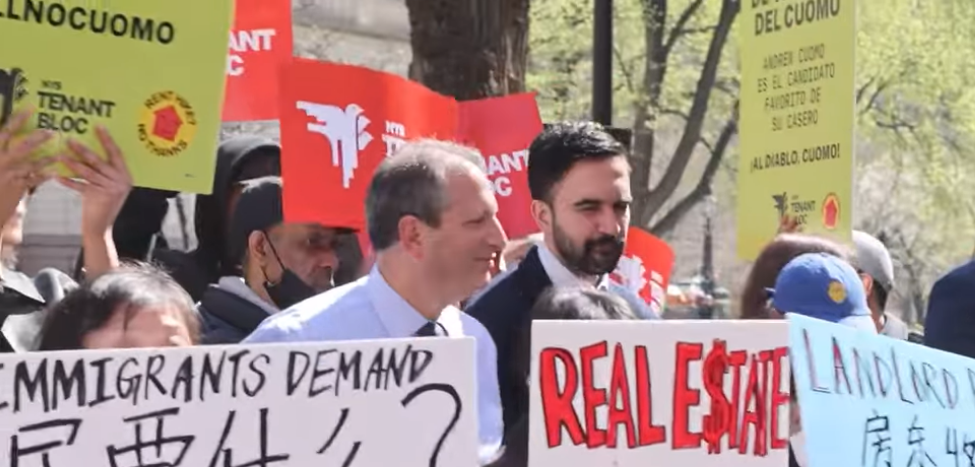The brutal Somoza was overthrown by the Sandinistas’ popular revolution
[NYC Mayoral Election 2013]
Rather than ducking questions about his alleged sympathy in the past for the Sandinistas, New York Mayoral candidate Bill de Blasio should place that whole era in its proper context. He shouldn’t allow “progressive” to turned into a dirty word.
Did de Blasio sympathize with the Sandistas?
If we’re going to get into that game then the follow up question should be — did Joe Lhota, the leading Republican candidate and Adolfo Carrion the Independence party candidate, sympathize with Somoza and later the Contras?
First some history:
Who are the Sandistas? Who was Somoza? Who were the Contras?
The Sandinistas’ official name is Sandinista National Liberation Front, or in Spanish “Frente Sandinista de Liberación Nacional (FSLN). It was founded in 1961 and named after Augusto César Sandino who led Nicaragua’s resistance against the U.S. occupation of Nicaragua in the 1930s.
During the 1970s, the Sandinistas fought against the brutal and corrupt dynasty of Anastasio Somoza Debayle, a former leader of Nicaragua’s National Guard (unlike here in the U.S., the National Guard in Nicaragua was a repressive national army).
His own father Somoza Debayle Garcia, had been a long-time dictator.
Somoza Debayle was backed by the U.S. and kept in power by his brutal National Guard who massacred peasants suspected of backing the Sandinistas, and committed tortures and summary executions. Newspapers were suppressed and editors assassinated. Labor groups, students and other opposition groups also began to resist the Somoza dictatorship and supported the Sandinistas.
Somoza was overthrown in 1979 and the Sandinitas established a government that focused on universal healthcare coverage, mass literacy, and gender equality in the country. Supporters and volunteers went to Nicaragua from allover the world, including from the United States.
In 1981, a group opposed to these reforms called the “Contras” or counter-revolutionaries, was created. It included members of Somoza’s former National Guard.
It was trained by the Central Intelligence Agency (CIA) and financed by the United States. Some readers old enough may recall the scandal involving Oliver North and the Ronald Reagan White House — it became known as “The Iran-Contra” scandal. The U.S. had severed relations with Iran after Ayatollah Ruholla Khomeini’s followers seized power and captured Americans (the hostage crisis was retold in Ben Affleck’s “Argo”)
Through the Boland Amendment, the U.S. Congress in 1983 prohibited aid to the Contras. So Ronald Reagan found other ways to continue U.S. support, and it was coordinated by Lt. Col North, a National Security Council aide who operated from a basement in The White House.
One program included selling weapons to Iran; the proceeds was then provided to the Contras. Other programs, later investigated by John Kerry who was then a senator, involved allowing proceeds from drug shipments to the U.S. to be provided to the Contras. (Gary Webb in “Dark Alliance” contended that this was the origin of the crack-cocaine epidemic in Los Angeles).
Even though the Sandinistas won elections in 1984 the Contras continued the war, covertly financed by the US until 1989. War-weary Nicaraguans finally voted the Sandinistas out of power in 1990.
The Sandinista became an opposition party, until 2006 when the former president and Sandinista leader Daniel Ortega Savedra was elected back into office.
Now that a non-issue issue has been introduced into New York’s mayoral election by The New York Times‘ front-page story about de Blasio’s past “leftist” politics, voters need to ask themselves:
Would I prefer a candidate who sympathized with the Sandinista’s progressive policies in Nicaragua or with any person (this does not suggest Republican candidate Joe Lhota did) who sympathized with the brutal Somoza dynasty or the CIA-financed Contras who fought against them?
The answer should be clear.








